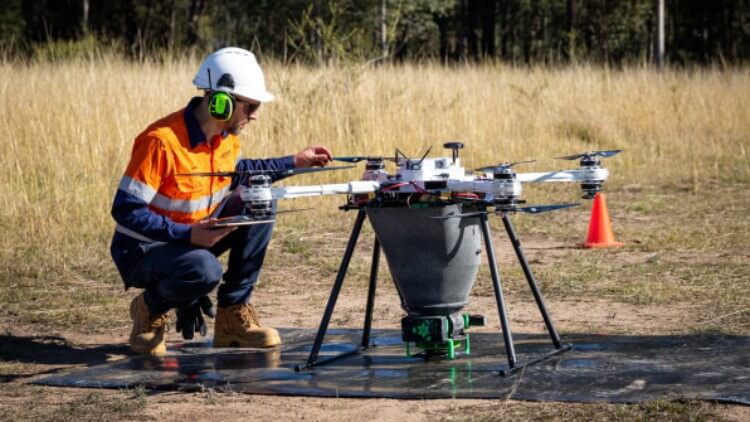Bio restoration is a process that can be used to restore the natural features of an object. This can include repairing damage done by vandalism, fading, or other factors. Bio restoration can be used on statues, paintings, and other art pieces as well as real life items such as buildings and monuments.
With bio restoration becoming increasingly popular, it’s important to be knowledgeable about the different techniques that are available and the limitations of each. In this article, we’ll take a look at three different types of bio restoration and discuss the pros and cons of each.
Table of Contents
Bio Restoration in Detail
Bio restoration is the use of natural and/or synthetic methods to restore or maintain the health and viability of living organisms. Bio restoration can be applied to any organism, including plants, animals, microorganisms, and even cells in tissue culture. Bio restoration techniques can be used to address a variety of problems, such as disease, environmental stress, and genetic damage.
The most common bio restoration techniques are plant regeneration and animal re-growth. Plant regeneration involves the growth of new plants from stem cells or other types of cells isolated from a diseased or damaged plant. Animal re-growth involves the growth of new animals from embryo cells or other types of cells isolated from a dead or damaged animal.
Bio restoration is an evolving field with many potential applications. The possibilities range from restoring endangered species to improving agricultural productivity.
How Does Bio Restoration Work?
Bio restoration is a process that uses natural and man-made methods to restore the health and function of biological systems.
Bio Restoration can be used to improve the health of plants, animals, and even human cells. Bio restoration has been shown to be effective in repairing damaged tissue, promoting growth, and restoring function.
What are the Benefits of Bio Restoration?
Bio restoration is a process that uses natural or artificial means to restore the function of damaged or diseased tissues. Bio restoration has several benefits, including the following:
- The restoration of lost tissue can improve the appearance of scars, tattoos, and other physical markings.
- It can reduce inflammation and pain from conditions such as arthritis.
- Bio restoration can improve the function of damaged organs and systems.
- Bio restoration can help prevent further damage from disease or injury.
What are the Risks of Bio Restoration?
Stem cells are cells that can divide indefinitely to create new cells, so they hold great potential for regenerative medicine. However, there are also some risks associated with bio restoration.
The first risk is that stem cells may not be effective in repairing or restoring damaged tissue. In some cases, they may even cause further damage. Similarly, if the stem cells are used to treat a disease or injury that has already progressed, they may not be able to help fix the problem. Finally, there is always the risk of infection with stem cell therapies. If the stem cells are used to treat a cancerous tumor or other organ-threatening condition, there is always a risk of introducing cancerous cells into the body.
What is the Difference between Bio Restoration and Traditional Restoration?
Traditional restoration often uses chemical or physical methods to clean or restore an object, while bio restoration focuses on restoring natural processes and functions to objects. Bio restoration is more environmentally friendly and can be more effective in preserving artifacts.
How is Bio Restoration Done?
There are a few different ways that bio restoration can be done. One of the most common ways is to use enzymes to break down the damage done to the cells. This process is called hydrolysis. Enzymes are proteins that can catalyze chemical reactions in the body. They are found in all body tissues and organs, including the liver, pancreas and lungs. Bio restoration can also involve using chemicals or radiation to remove cancer cells or damaged tissue.
What are Some Common Problems that Need to be Addressed with Bio Restoration?
Bio restoration can be a very effective and efficient way to restore the environment and protect public health. However, it is important to understand the common problems that need to be addressed before beginning a bio restoration project. Some of the most common problems include:
- Lack of knowledge about bio restoration
- Inability to identify and address environmental issues
- Difficulties in obtaining funding
- Lack of personnel skilled in bio restoration
Conclusion
Bio restoration is a practice that helps to restore the natural balance of the body. Bio restoration can help to improve overall health and wellness by helping to rebalance your body’s energy system, detoxify your organs and tissues, and optimize your immune function. By restoring these important systems, bio restoration can help you feel more energetic and vital as well as reduce inflammation in various areas of your body. If you are interested in exploring bio restoration as a way to improve your health and well-being, I encourage you to explore the many resources available on the internet.

